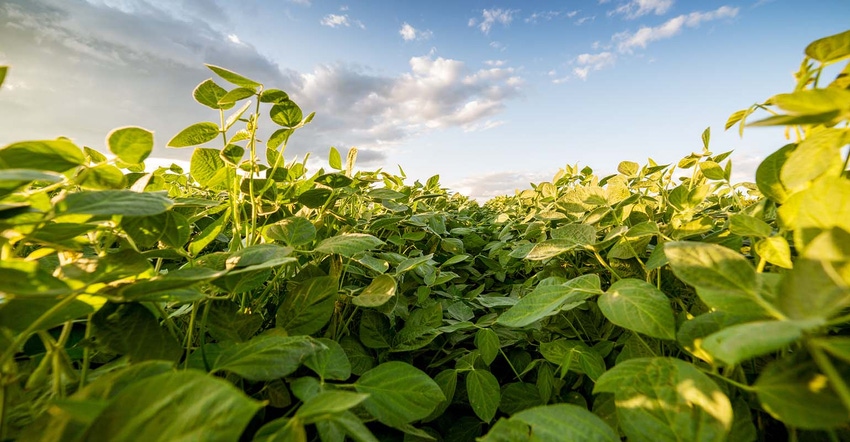
Corn and soybean quality has been on the ropes for the past several weeks, and USDA’s latest crop progress report, covering the week through August 30, saw another round of declines for both crops, with corn falling another two points, while soybeans dropped three points.
Corn quality moved from 64% rated in good-to-excellent condition down to 62% this past week. Analysts were expecting a three-point drop, however. Another 24% is rated fair (unchanged from a week ago), with the remaining 14% rated poor or very poor (up two points from last week). Iowa’s embattled crop had the second-to-worst poor-to-very-poor ratings, with 25% of the state’s crop now in that category. Only drought-stressed Colorado (44% rated poor or very poor) is in worse condition.
Physiologically, the crop is maturing a bit faster than it has in recent years, with nearly all (94%) in dough stage, versus the prior five-year average of 89%. More than half of the crop (63%) is now dented, versus the prior five-year average of 56%. And USDA considers 12% now fully mature, versus the prior five-year average of 10%.
Analysts were expecting USDA to dock soybean quality three points this past week, and that’s exactly what the agency did, moving it from 69% rated in good-to-excellent condition down to 66%. Another 24% is rated fair (up a point from last week), with the remaining 10% rated poor or very poor (up two points from last week). Iowa has the highest percentage of its crop rated poor or very poor, with 18% tumbling down to that bottom tier.
By the end of August, 95% of the crop is now dropping leaves, which is slightly above the prior five-year average of 93%. And 8% is now dropping leaves, which is running parallel to the prior five-year average and well ahead of 2019’s dismal pace of 3%.
The U.S. wheat harvest is moving right along. For spring wheat, 69% of this year’s harvest is now complete, up from 49% a week ago. That’s still moderately behind the prior five-year average of 77%, however. And the 2020 winter wheat harvest is considered all but complete, with USDA no longer reporting those statistics.
Click here for updates on additional crops, including sorghum, cotton, barley, pasture and range conditions, and more.
About the Author(s)
You May Also Like






